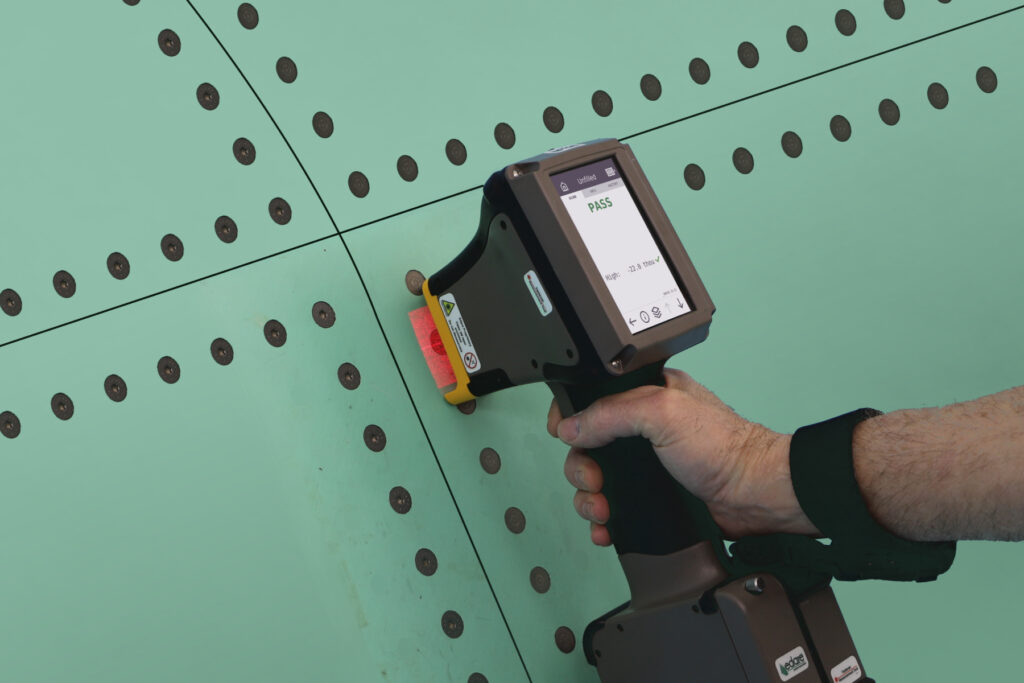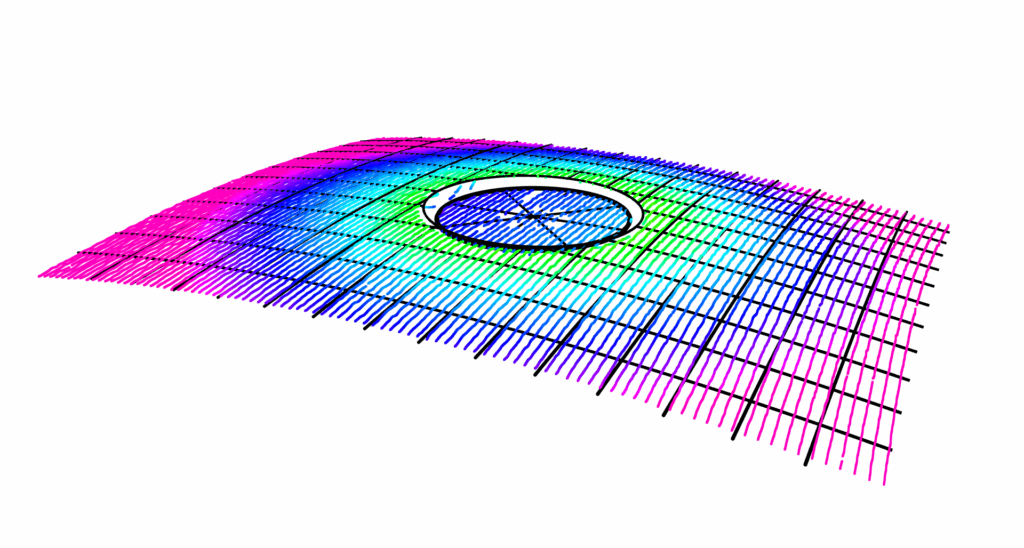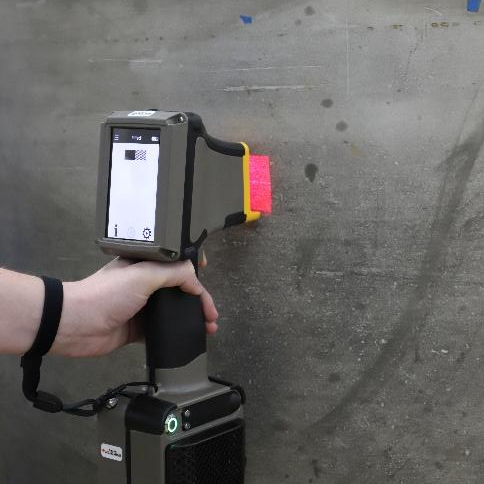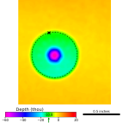When it comes to aerostructure manufacturing, ensuring the quality of fastener installations is critical. One of the key aspects of fastener quality is flushness of the fastener after installation. In this blog post, we will explore how to measure fastener flushness effectively, the importance of accurate measurements, and the tools that can make this process faster and more reliable.
What is Fastener Flushness?
Fastener flushness refers to the alignment of a fastener’s head with the surface of the material in which it is installed. Each aircraft fastener type/application has specifications for its flushness after installation – see example below from Howmet Aerospace. Some are designed to sit sub-flush and are then filled and smoothed. Others are intended to sit even with the surrounding surface, ensuring there are no protrusions or recesses that could affect aerodynamics or structural integrity. Different fasteners may be allowed to rest slightly proud relative to the surrounding surface. A properly installed fastener should sit within its maximum and minimum limits. Measuring fastener flushness involves comparing the high point and low point of the fastener against the surrounding surface.
Why is Measuring Flushness Important?
Accurate measurements of fastener flushness are essential for several reasons:
- Structural Integrity: Ensuring fasteners are properly installed helps maintain the strength of the assembly.
- Aerodynamic Performance: Protruding fasteners can create drag, affecting the aircraft’s fuel efficiency and overall performance.
- Surface Characteristics: Discontinuities in the aircraft surface from fasteners that are too high or too low can negatively impact the effectiveness of low observable aircraft designs
- Cost Efficiency: Detecting flushness issues early in the manufacturing process can prevent costly rework and delays.
Which Fasteners Are Measured?
The manufacturing of aerostructure sub-assemblies and complete aircraft involve the installation of many thousands of fasteners. Therefore, it is usually not practical to literally measure every one of them. Determining which fasteners to measure involves a combination of process control strategies. Often certain groups of fasteners are checked as representative indicators for a larger sample, such as measuring the first 20 and last 20 installed on a panel during assembly. Certain areas of the aircraft are more sensitive than others so inspection plans are adjusted accordingly. Sometimes an inspector with “calibrated fingertips” will run their fingers along rows of fasteners to check if any feel high or low. Then they do the “fingernail check” on those that feel too high. If there is any question, then a quantifiable measurement is performed. It is also possible that measurement of a countersink prior to fastener installation may trigger a required fastener flushness check.
Traditional Methods for Measuring Flushness
Historically, when quantitative measurement of fastener flushness is required, manufacturers have relied on traditional protrusion gauges to assess fastener alignment. This usually involves a simple dial indicator with a 3 legged base which rests on the area surrounding the fastener with a plunger in the center that rests on the fastener to measure the difference between the tip of the plunger pin and the base. The operator moves the pin around the top of the fastener to find the highest point, then records the measurement, usually by manually writing or typing the measurement. This method, while functional, is time-consuming and often yields less reliable results. This highlights the need for more efficient solutions in fastener flushness measurement.
Advanced Techniques for Measuring Flushness
1. Laser Scanning Technology
Advancements in technology have led to the development of handheld laser scanners specifically designed for fastener inspection. Single line scanners provide only one profile and still rely upon the operator to place the laser over the highest point. The more effective devices capture dense 3D point cloud data of the fastener and surrounding surfaces, allowing for precise assessments in a matter of seconds.

2. 3D Point Cloud Analysis
By utilizing full 3D point cloud data, manufacturers can evaluate flushness more accurately than ever before. This method provides detailed information about the fastener shape to automatically detect the high point, center point and low point of the fastener relative to its surrounding surface. The accuracy achieved with this technology can be as fine as 0.0003 inches. Unlike the traditional tool which assumes a flat surface around the fastener, a 3D point cloud can model the curved surface surrounding the fastener and report deviation from that.

3. Automated Data Collection & Reporting
The most advanced inspection tools come equipped with built-in processors that analyze data on-site, providing immediate pass/fail results to inspectors. This instant feedback allows operators to address issues promptly, enhancing process monitoring and reducing downtime. The use of digital handheld devices also means that there is no need for the inspector to write down or type in the measurement results. After measuring is completed, results can be quickly and efficiently transferred for reporting and quality control purposes.
Implementing a Fastener Flushness Inspection Process
To implement an effective flushness inspection process:
- Select the Right Tools: Choose advanced measurement tools that utilize 3D scanning technology for accuracy and speed.
- Train Your Team: Ensure that your inspection team is trained in using modern tools and interpreting 3D data.
- Establish a Routine: Integrate flushness inspections into your manufacturing process at key stages to catch potential issues early.
- Utilize Data for Improvement: Analyze inspection data to identify trends and areas for improvement in your manufacturing process.
Discover the Accurex Fastener Measurement Tool (FMT)
For manufacturers looking to enhance their fastener inspection processes, the Accurex Fastener Measurement Tool (FMT) offers a state-of-the-art solution. Designed specifically for aerospace applications, the FMT significantly speeds up fastener flushness measurements while ensuring high accuracy. FMT supports many different fastener types and shapes. By capturing dense 3D point cloud data, the FMT enables quick assessments and immediate reporting, making it an essential asset in aerospace manufacturing. To learn how the FMT can transform your inspection procedures, reach out to Accurex today!


